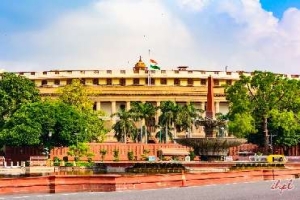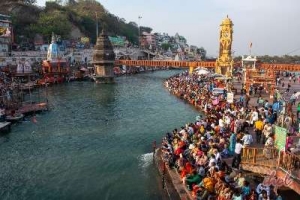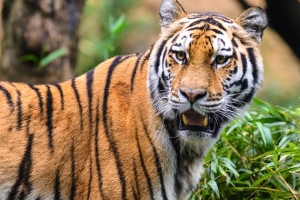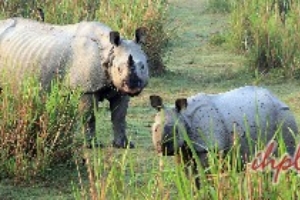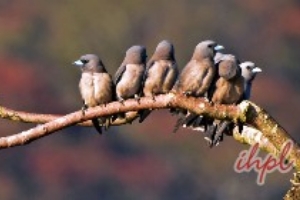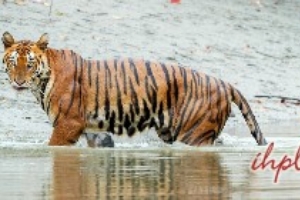| Month | Best Time | Climate | Min. Temp (°C) | Max. Temp (°C) |
|---|---|---|---|---|
| January | 8 | 21 | ||
| February | 11 | 25 | ||
| March | 16 | 31 | ||
| April | 21 | 38 | ||
| May | 27 | 43 | ||
| June | 28 | 42 | ||
| July | 28 | 38 | ||
| August | 27 | 37 | ||
| September | 25 | 36 | ||
| October | 20 | 35 | ||
| November | 14 | 29 | ||
| December | 9 | 23 |
| Summers (April-July) | 15°C to 40°C |
| Monsoons (July-September) | 21°C to 35°C |
| Winters (October- March) | 20°C to 30°C |
Dudhwa National Park is situated at an altitude of 150 to 183 meters. The preferable season to visit the national park is from the middle of November to the middle of June. But the best period to visit is February to April.
Similar to the rest of northern India, an extreme type of climate is observed in Dudhwa. Summer months are tremendously hot with the temperature rising up to 40 C. During the winter months the weather remains nearly pleasant and the temperature ranges from 20 C to 30 C. The Dudhwa region experiences an average annual rainfall of 1,600 mm.
For a trip during the summer months, visitors should preferably carry light cotton clothes. In the winter season people are suggested to carry light woolen clothes, preferably in khaki, olive green, gray or other unremarkable colors which does not agitate or scare away the animals.



